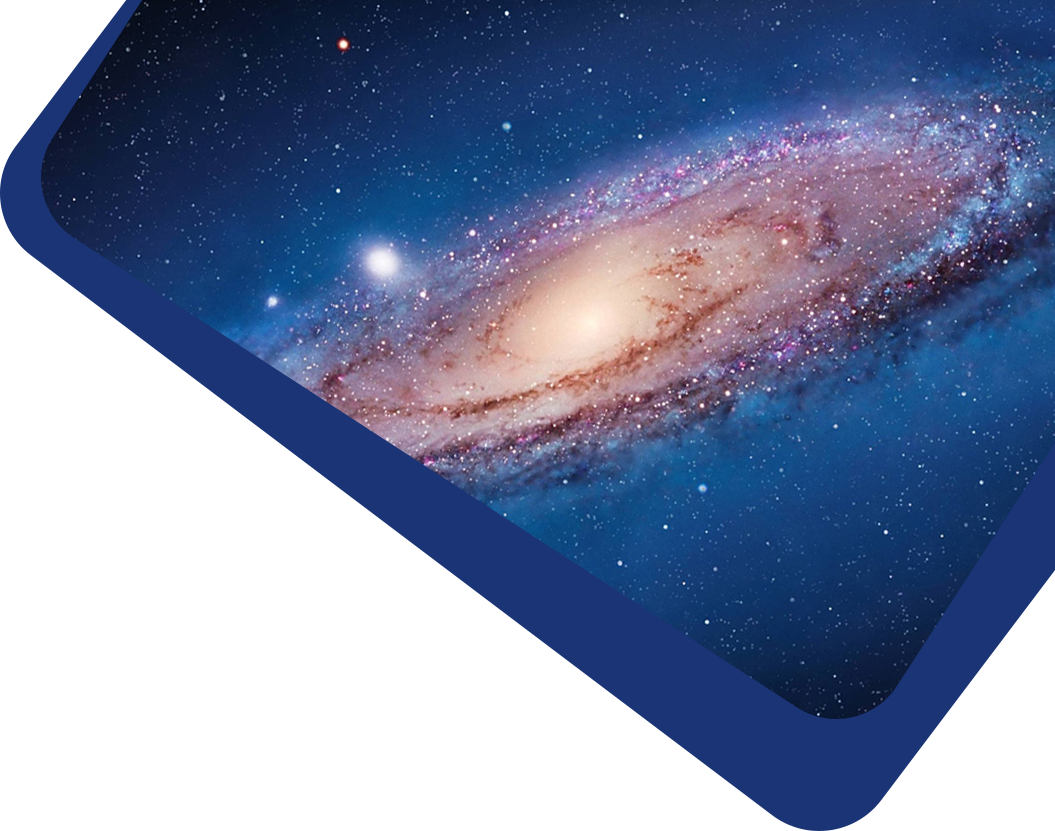The axion, a leading dark matter (DM) candidate, can convert to photons in neutron star (NS) magnetospheres via the Primakoff effect, producing narrow-band radio emission that may be detected with high-sensitivity radio telescopes. Previous studies searched for axion DM-induced signals from the isolated NS J0806.4-4123 using observations of the MeerKAT UHF band (544–1088 MHz), but excluded the 1051–1088 MHz subband to mitigate potential sideband contamination. To probe this unexplored parameter space, we reprocessed the 1000–1088 MHz subband data using optimized radio frequency interference (RFI) flagging and meticulous sideband calibration. The flux stability of the calibrators and the consistency with MeerKAT's system equivalent flux density confirmed the reliability of the data within the 1000–1080 MHz range, while the 1080–1088 MHz subband was omitted due to flux anomalies. No significant signals exceeding 5σ significance were detected within the axion mass range of 4.136–4.467 μeV (1000–1080 MHz), including the previously unprobed range 4.347–4.467 μeV (1051–1080 MHz). Our null detection sets new stringent constraints with MeerKAT NS data, excluding axion-photon couplings ∣gaγγ∣ ≳ 8.2 × 10−12 GeV−1 at the 95% confidence level for DM masses between 4.347 and 4.467 μeV.



